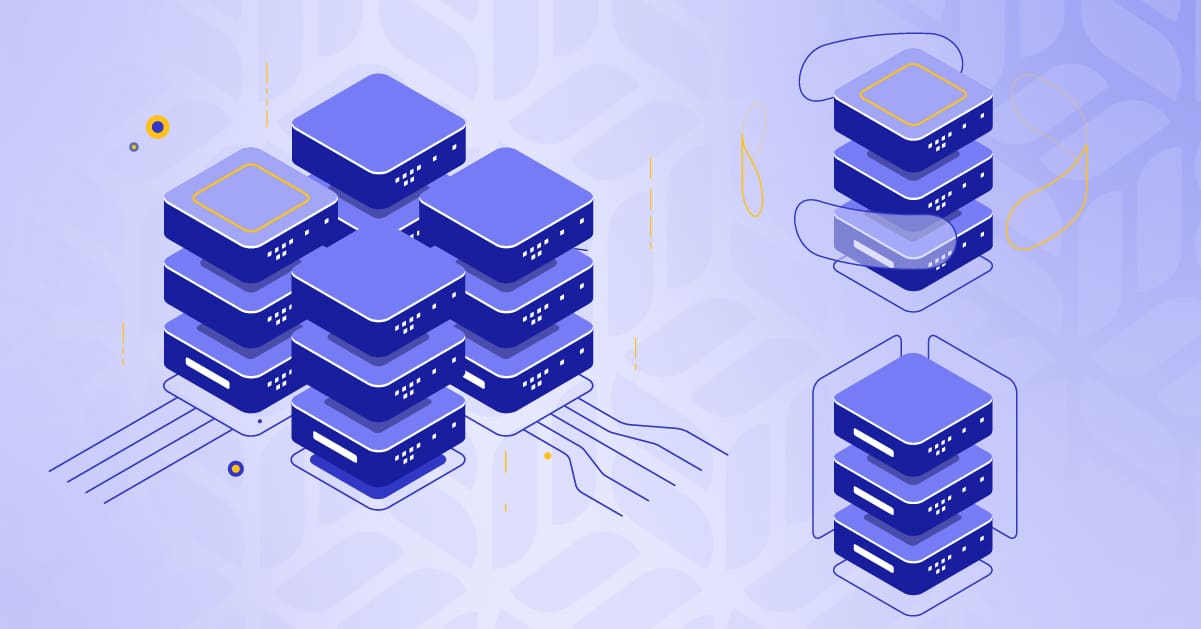
Anticipate New Tech Implications on Your Supply Chain

This is a guest post from Joe Henderson. Joe is the senior director of technology alliances at Deposco, an end-to-end WMS, OMS, and planning platform.
If you aren’t shipping orders out on time, can’t find inventory where it should be, and the counts are incorrect when you do locate stock, then you need a new fulfillment system.
But introducing it will have a greater effect on your operations than you may realize: How will it impact your current picking solution? Can it support that ASRS you just added? Will you end up fixing your warehouse only to break your ERP? What about your appointment scheduler at the dock doors?
In the attempt to solve your existing problem, it’s easy to focus on the immediate issue and neglect to consider how a solution will affect the whole system. In addition, the greater the pain, the more siloed the thinking, steering you towards point solutions. You often overlook organizational impacts, thus creating problems in other departments while solving your own.
There’s no panacea for the entire supply chain. Instead, an ounce of prevention truly beats a pound of cure. So, let’s look at some repeated mistakes in the buying process and how to avoid them.
Common errors when choosing a software solution
Honing in on one problem area often misses broader aspects that can hamper an upgrade’s true value — or scuttle it entirely. When listing your requirements for a solution, go beyond the immediate benefits and consider the business as a whole.
Below are some common traps to avoid during your search.
Making an impulse purchase
Just because something is new, interesting, and sounds great doesn’t mean it’s the right software for your tech stack. You want to avoid impulse purchases, especially when it comes to enterprise-level software that’s often sold with annual plans.
Instead, ask the right questions and consider the addition (or switch) from multiple angles before proceeding.
Misleading information
Every sales cycle, you can expect to hear exaggerations (if not outright lies) to convince you to pick one option over another. No solution can be everything to everyone though, nor will it generate value if it’s not aligned with your objectives.
The allure of the latest technology can be irresistible, leading to hasty decisions that may not support your long-term goals.
Disruptions to old systems
Even in tech, there’s truth to the saying, “If it ain’t broke, don’t fix it.” It’s tempting to try out the latest innovations, but sometimes a shiny, new solution breaks the trusty, old one, and then you end up with a broken warehouse.
It’s important to consider the impact of any alteration to your current setup. Will you diminish the value of other systems after deploying the new one? It’s not unheard of, especially in generational changes. Failure to integrate new solutions properly could disrupt established functionalities and thus cause more harm than good.
Biting off more than you can chew
Before you decide to add the latest software to your mix, beware of improper foundations, exhausted systems, or infrastructures that lack the ability to scale. All of these weaknesses can trip up the execution of your theoretically sound tech integration.
Are you ready for this upgrade? How taxed is your IT team? Do they have the skills to wield new software? Without a solid foundation of robust people, processes, and technology, even the most advanced systems are liable to fall flat upon launch.
Being unwilling to let go
Sometimes companies feel too attached to their established methods, which gets in the way of innovation. Be cognizant of when you’ve outgrown your current technological setup and it’s time for a change.
Unnecessary alterations
Make sure your business genuinely needs the proposed technology. For instance, you wouldn’t want to disrupt your reporting, dependent systems, and shadow IT that have grown up around a particular setup.
While clinging to outdated methods or technologies can hinder progress and innovation, thoughtless wire-pulling could be a nightmare of unintended consequences. For example, if you need a new warehouse management system (WMS) to grow and stay ahead of the competition, poor implementation is a guaranteed step back.
Thankfully, there’s a better way to approach technological acquisitions.
Ensuring comprehensive consideration
It’s critical to be thoughtful about the state of your business when purchasing supply chain software. Due diligence should extend beyond the immediate pros and cons to encompass the complete tech stack. Here are some critical areas you should review during every hunt:
- Take inventory: Pinpoint the solutions you already have. Regularly assess your current tools and systems to ensure they continue to meet your needs. Dig deep too; expand your appraisal beyond the IT and DevOps teams to survey for one-offs. Learn what you have so nothing is lost in the migration.
- Determine need: Evaluate the relevance and effectiveness of each tool. Some technology may limp along simply because it’s enjoyed extended use, and your team is comfortable with it. If it no longer serves its purpose though, it might be time to let it go. Folding that removal into your upgrade can help roll out end-of-life coping strategies.
- Review compatibility: Does a potential solution integrate with your current setup? Determine if it will render another system or hardware obsolete in the process. Ensure any new solutions are compatible with your existing infrastructure to avoid integration issues, and if any arise, you can ask for help from an expert.
- Work backwards from your goals: You have a destination in mind, and your chosen solution will help you reach it, but that’s not the final stopping point. You also need to think about MHE, automation, intelligence, hardware, etc., and those broader outcomes should drive your selection. So, define your long-term goals and pick solutions that align with your strategic vision.
Wrapping up — Consider your software carefully for tech stack longevity
Choosing supply chain software is an exciting step towards modernizing your business, but it’s easy to forget the wider implications as you search. Discuss the mistakes outlined above with all potential solution providers before making a decision. If they’re unwilling to go through this exercise with you, then walk away. By following the recommendations in this article, you can find a solution that remedies your immediate problems while also supporting your broader systems and objectives.
Whether you need warehousing, order management, or inventory forecasting solutions, Deposco is flexible, cloud-native, API-first, and committed to long-term customer experience enhancement. Learn more today.
